How to Apply Trigonometry: Practical Uses and Insights into Engineering and Astronomy
Trigonometry isn’t just a classroom subject. Far from it! From massive skyscrapers to minute microchips, its applications are both broad and deep. By utilizing simple ratios like sine, cosine, and tangent, we can decode the patterns of the universe, design innovative structures, and solve everyday challenges. If you're curious about how the world applies these seemingly abstract concepts, this exploration of trigonometric applications promises a thrilling journey.
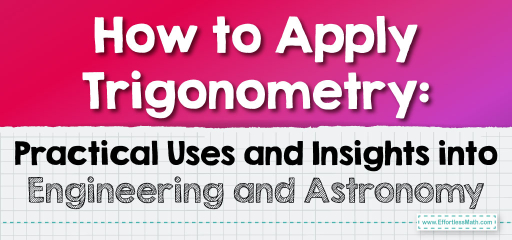
Step-by-step Guide: Trigonometric Applications
Astronomy:
- Ancient astronomers used trigonometry to calculate distances between stars and planets.
- Today, it aids in determining the position and path of celestial bodies.
Architecture and Construction:
- The design of buildings, bridges, and monuments often involves trigonometry to ensure stability and aesthetics.
- It aids architects in creating 3D models on computer software.
Navigation:
- Sailors and pilots have historically used trigonometry to find their direction and distance from a particular landmark.
- Modern GPS systems still employ trigonometric algorithms to provide accurate location data.
Physics:
- Trigonometry is crucial in understanding concepts like waves, optics, and motion.
- Engineers use it to analyze forces, design machinery, and optimize energy use.
Music:
- Sound waves can be broken down into trigonometric functions.
- Engineers design speakers and instruments considering these wave patterns.
Medicine:
- Imaging techniques like MRI and ultrasound use trigonometric calculations to generate images of the body’s internal structures.
Video Games and Graphics:
- Game developers use trigonometry to simulate realistic movements, shadows, and trajectories.
- It aids in rendering 3D graphics and virtual reality simulations.
Examples
Example 1:
A pilot flying at an altitude of \(6000\) meters sees a landmark at a depression angle of \(10^\circ\). How far is the plane from the landmark on the ground?
Solution:
Using the tangent function:
\( \tan(\theta) = \frac{\text{opposite}}{\text{adjacent}} \)
Here, the opposite side is the altitude of the plane, and the adjacent side is the distance from the landmark.
\( \tan(10^\circ) = \frac{6000}{\text{distance}} \)
\( \text{distance} = \frac{6000}{\tan(10^\circ)} \)
\( \text{distance} \approx 34033 \text{ meters} \)
Example 2:
An architect designs a ramp for a wheelchair with a \(5^\circ\) angle of elevation. If the vertical height of the ramp is \(0.5\) meters, how long is the ramp?
Solution:
Using the sine function:
\( \sin(\theta) = \frac{\text{opposite}}{\text{hypotenuse}} \)
Here, the opposite side is the height of the ramp, and the hypotenuse is the length of the ramp.
\( \sin(5^\circ) = \frac{0.5}{\text{length}} \)
\( \text{length} = \frac{0.5}{\sin(5^\circ)} \)
\( \text{length} \approx 5.73 \text{ meters} \)
Practice Questions:
- A lighthouse casts a shadow of \(25\) meters when the angle of elevation of the sun is \(45^\circ\). Calculate the height of the lighthouse.
- In an amusement park ride, a pendulum swings at an angle of \(30^\circ\) from the vertical. If the length of the pendulum is \(20\) meters, how far above the ground is the pendulum’s bob?

Answers:
- Approximately \(25\) meters.
- Approximately \(17.32\) meters above the ground.
Related to This Article
More math articles
- The Ultimate 6th Grade DCAS Course (+FREE Worksheets)
- 4th Grade ACT Aspire Math Worksheets: FREE & Printable
- Top 10 Tips to ACE the Praxis Core Math Test
- 3rd Grade MAP Math FREE Sample Practice Questions
- 10 Most Common CHSPE Math Questions
- Math learning support for visual learners through browser tools
- How to Construct and Interpret Scale Drawing? (+FREE Worksheet!)
- How to Prepare for the HSPT Math Test?
- How to Solve Word Problems of Volume of Cubes and Rectangular Prisms
- Fraction Wizardry: How to Multiply Fractions and Whole Numbers
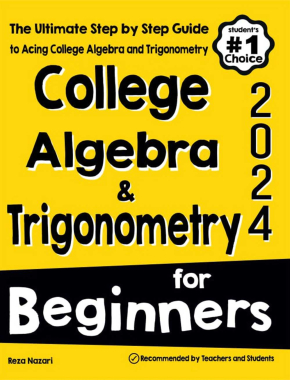
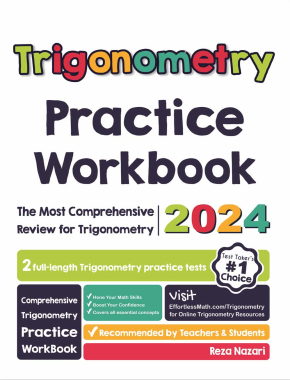
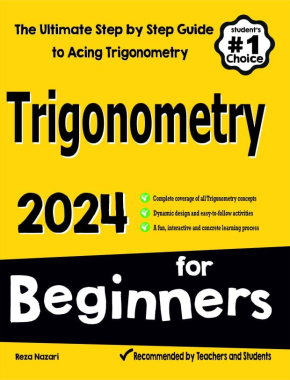



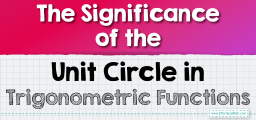



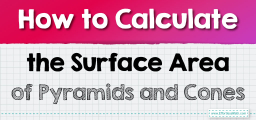
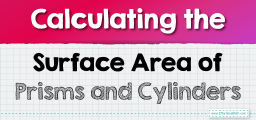


What people say about "How to Apply Trigonometry: Practical Uses and Insights into Engineering and Astronomy - Effortless Math: We Help Students Learn to LOVE Mathematics"?
No one replied yet.